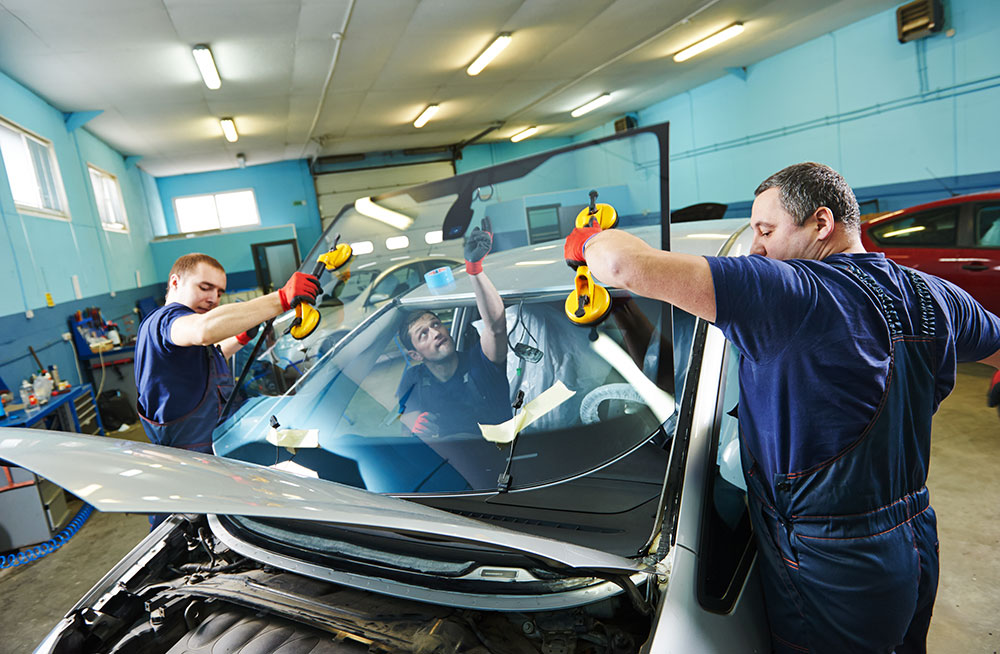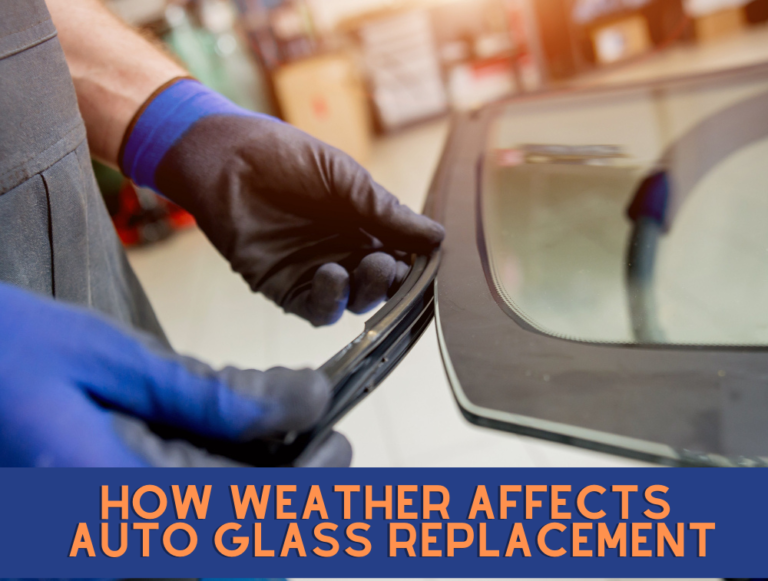During the winter months, many car owners may find themselves facing the inconvenience of a cracked or damaged windshield. However, with freezing temperatures and harsh weather conditions, one may wonder if it is possible to repair auto glass in cold weather. While it may seem like an impossible task, advancements in technology have made it possible for auto glass repairs to be done in sub-zero temperatures. Driving with a damaged windshield can be incredibly dangerous. Not only does it obstruct your view of the road, but it also compromises the structural integrity of your vehicle. If you’re in Burlington and find yourself in need of windshield repair, you’ll want to make sure that you get the job done right from the best Burlington windshield repairs.
In this article, we will explore whether auto glass can be repaired during cold weather conditions and what factors need to be considered before attempting a repair. We will also discuss the different types of damages that can occur to your windshield and how they can affect the repair process.
Explaining the problem and its significance
Auto glass repair is a crucial aspect of vehicle maintenance. However, the onset of cold weather can pose a significant problem when it comes to repairing auto glass. The primary issue is that most adhesives used in auto glass repairs require specific temperatures to work effectively. These adhesives have an optimum temperature range within which they can bond well with the windshield or windows. In cold weather, the adhesive may not cure correctly, leading to poor bonding, and possibly causing further damage to the auto glass.
The significance of this problem cannot be overstated as it poses a safety risk to drivers and passengers alike. Auto glass serves as a critical component of vehicle structural integrity and helps keep occupants safe in case of an accident or mishap. Poorly repaired or unrepaired cracks and chips increase the likelihood of shattering upon impact, potentially resulting in serious injuries or fatalities. Therefore, it’s essential for car owners to consider factors such as temperature before repairing their auto glass during colder months to avoid any potential safety hazards on the road.
Understanding Auto Glass Repair:

Auto glass repair is a common service that many vehicle owners require at some point in their driving lives. However, not everyone understands the process of repairing auto glass or what factors can affect the quality of the repair. One such factor is temperature, specifically cold weather.
In general, auto glass repair can be done in cold weather as long as precautions are taken to ensure the adhesive used to bond the glass is able to cure properly. This may mean that a different type of adhesive needs to be used or that additional time is needed for curing. Additionally, it’s important for both the technician and vehicle owner to dress warmly and keep the workspace warm throughout the repair process.
Types of damage and repair methods
Auto glass damage can happen at any time of the year, and repairing it becomes crucial to ensure safety on the road. However, cold weather presents a unique challenge when it comes to auto glass repair. The two common types of damages are chips and cracks. Chips are small damages that occur due to debris or rocks hitting the windshield, while cracks are more significant damages that can be caused by several factors like hailstorms, temperature changes, or accidents.
When it comes to repairing auto glass in cold weather conditions, there are certain factors to consider. Firstly, the temperature should not drop below freezing point as water-based adhesives used in repairs could freeze and fail during installation. Secondly, low temperatures make resins thicker and slower to cure than in warmer weather. Therefore, technicians use special equipment like heaters and UV lights that help raise the temperature around the damaged area for proper adhesive bonding.
How temperature affects auto glass repair

Auto glass repair is a sensitive process that can be affected by temperature. During cold temperatures, the adhesive used in auto glass or car window repair service may not cure properly. This means that the repaired area may not be as strong or durable as it would have been if done in warmer weather. Additionally, during winter months, moisture and condensation can get trapped between the layers of glass which can lead to further damage.
It is recommended that auto glass repairs are done at a temperature of at least 50°F (10°C) to ensure proper curing of the adhesive. In extreme cases where temperatures drop below freezing, it is best to avoid repairing auto glass altogether as the adhesive will not work effectively and could even make the damage worse.
Conclusion:
In conclusion, auto glass can be repaired in cold weather conditions with the right tools and techniques. However, it is important to consider the temperature and ensure that the repair is done in a heated area to prevent further damage. It may also take longer for the adhesive to cure in colder temperatures, so patience is key. If you are unsure about repairing your auto glass in cold weather, it is best to consult a professional. Don’t let the winter weather hold you back from getting your auto glass fixed – with proper precautions, it can be done successfully!
ALSO READ : How To Paint A Room To Maximize Natural Light
